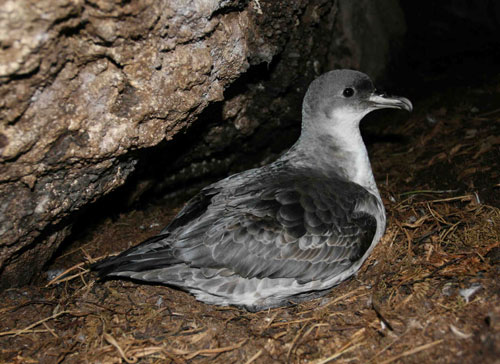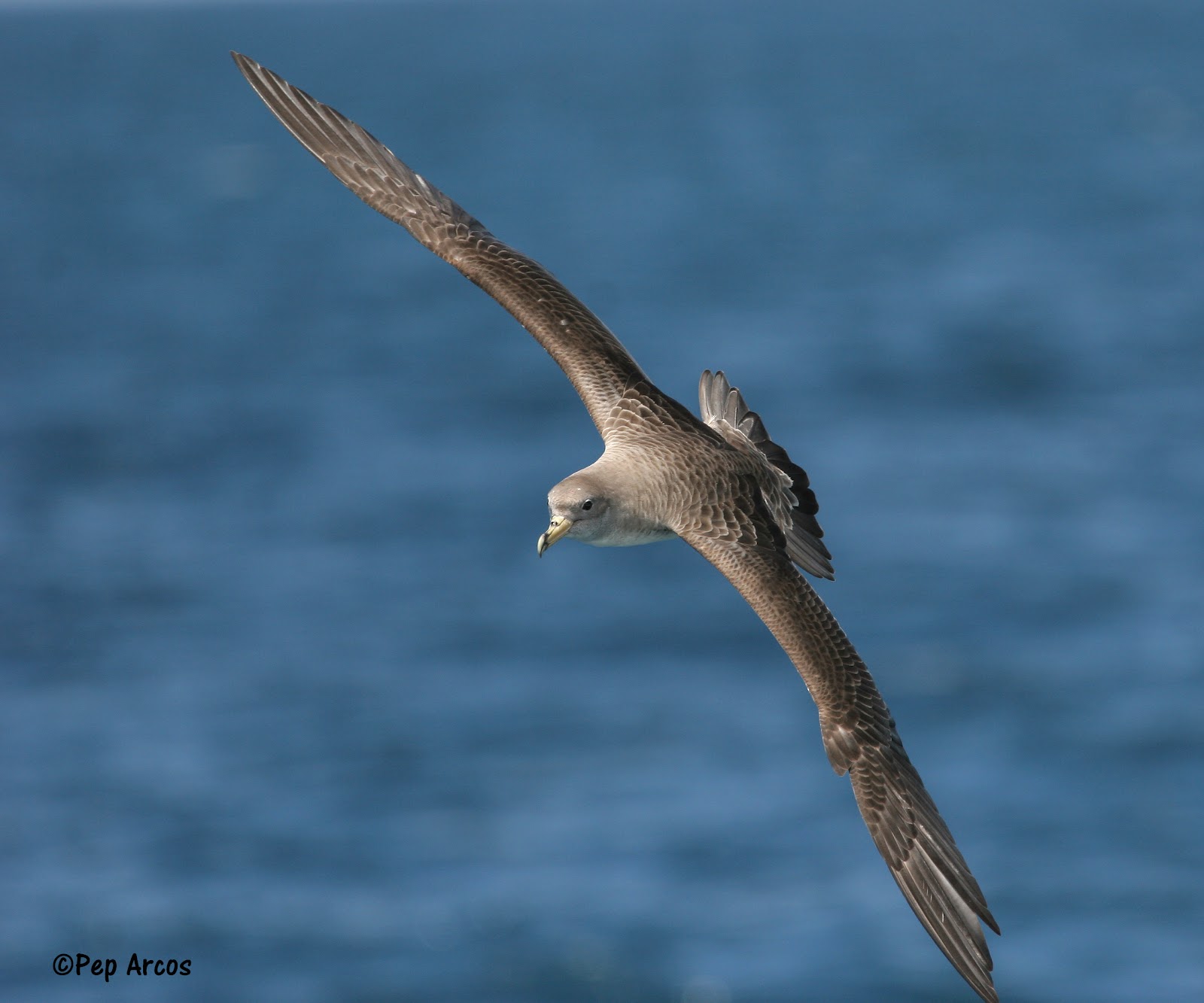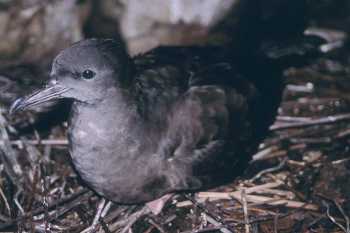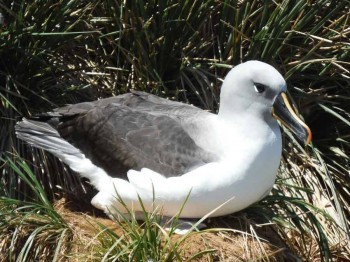Graham Parker (Parker Conservation, Dunedin, New Zealand) and colleagues have submitted a draft report to last month’s meeting of the Conservation Services Programme (CSP) of New Zealand’s Department of Conservation on a survey of ACAP-listed Grey Petrels Procellaria cinerea on Campbell Island.
The report’s abstract follows:
“Populations of grey petrels have declined due to both incidental capture in commercial fisheries and predation by introduced mammals at breeding sites. In the New Zealand region grey petrels breed only on Campbell and Antipodes islands. Rats were successfully eradicated from Campbell Island in 2001. To investigate if the grey petrel population had expanded since the rat eradication, we defined the population’s spatial extent and produced the first quantitative population estimate on Campbell Island and surrounding islets. We found no clear increase in the number of grey petrels breeding on Campbell Island relative to a historic, non-quantitative population estimate. However, two of the four colonies we found are either recently established or previously went unidentified. We estimated 90 pairs of breeding grey petrels from the four colonies located. This underestimates the breeding population since work was conducted during the mid chick-rearing stage. There may be grey petrels breeding on the off-shore islands that we could not survey, but if so, the number there would not significantly increase the island-wide population estimate. The Campbell Island grey petrel breeding population remains small. Our study provides a baseline for future population estimates of grey petrels on Campbell Island.”

A Grey Petrel in its burrow, photograph by Peter Ryan
Click here to view a presentation on the above report.
With thanks to Barry Baker.
Reference:
Parker, G.C., Rexer-Huber, K. & Thompson, D. 2015. Are Grey Petrels Returning to Campbell Island? Survey and Census 14 years after Rodent Eradication. Report to the Department of Conservation. Dunedin: Parker Conservation. 18 pp.
John Cooper, ACAP Information Officer, 08 July 2015

 English
English  Français
Français  Español
Español 

